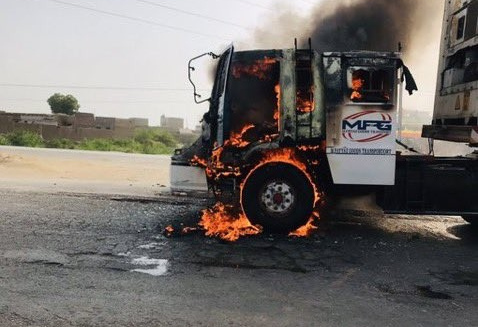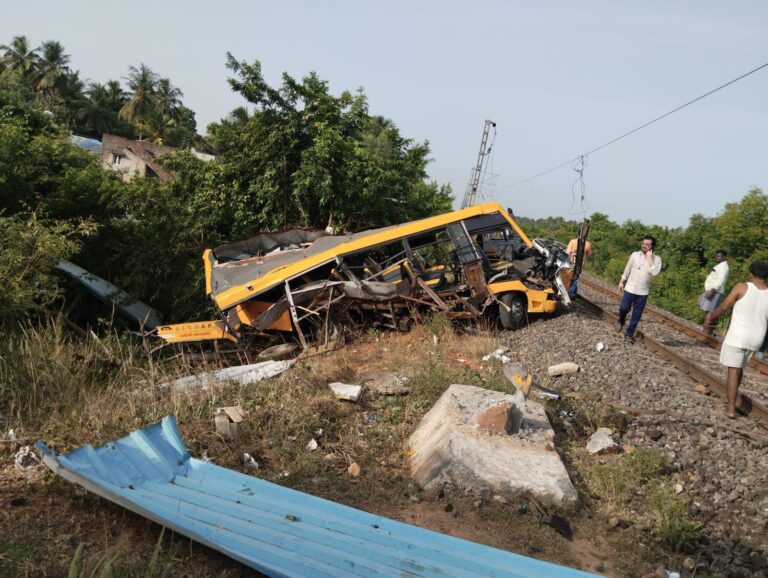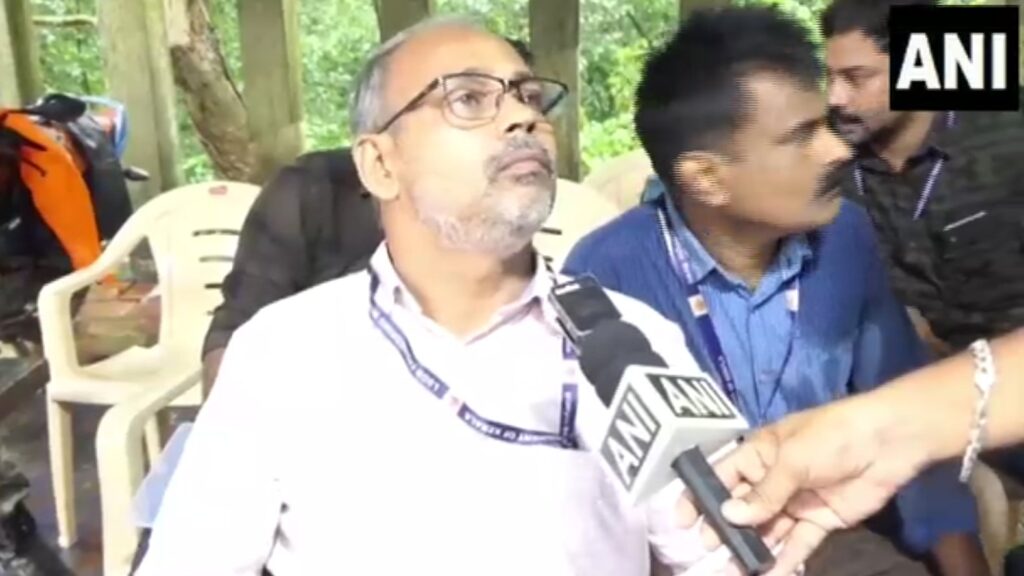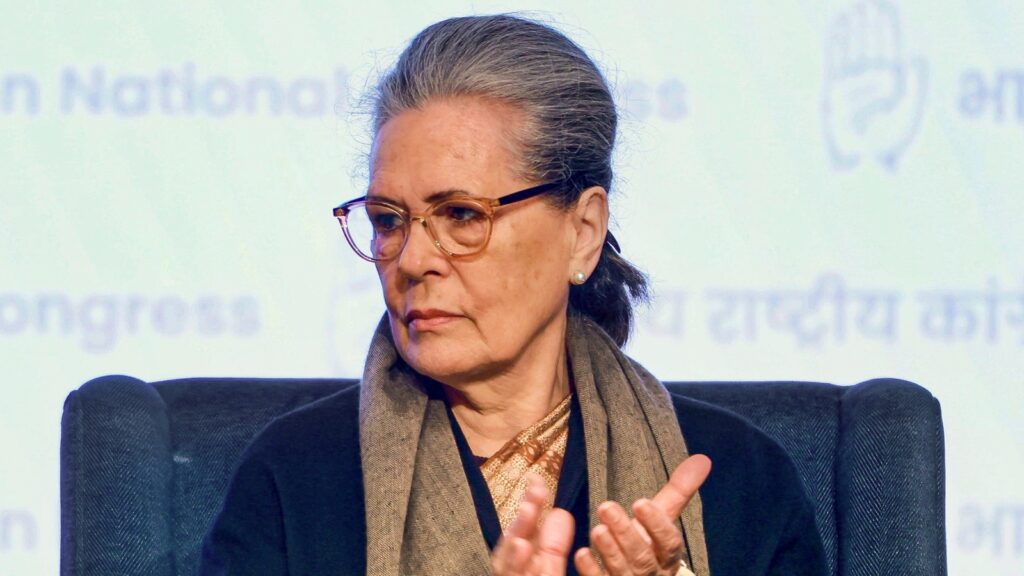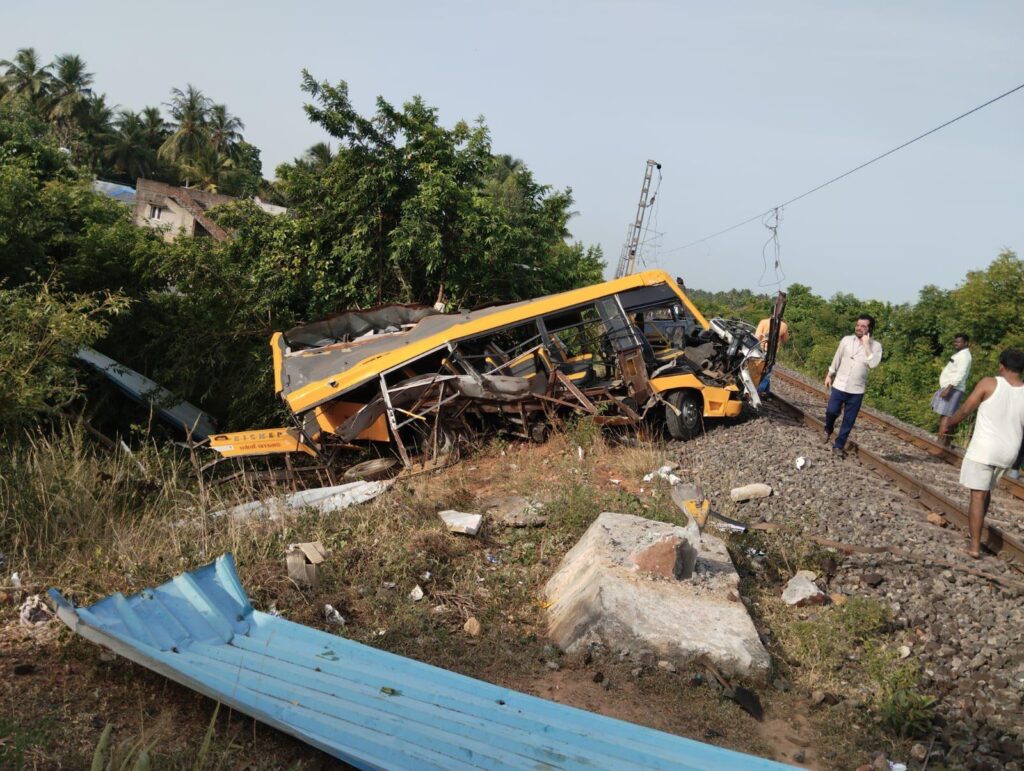Mass Protests, Deadly Clashes, and Punjab-Sindh Rivalry: What’s Behind the Explosive Water Conflict
Pakistan is not just battling inflation and political instability—it’s fighting over water. In Sindh province, what began as protests over severe water shortages has escalated into full-blown civil unrest. Roads are blocked, ministers’ homes attacked, and Zia-ul-Haq’s house in Sindh set ablaze by furious protestors—a symbolic act denouncing decades of military dominance and Punjab-centric governance.
Protesters in #Sindh, Pakistan torch Home Minister Ziaul Hassan Lanjar's house amid violent clashes over water scarcity.
— Rahul Kumar (@RealRavani) May 21, 2025
Tensions escalate as locals demand fair Indus River water share. #WaterCrisis #Pakistan #Sindh #Sindhudesh #SindhudeshIsNotPakistan #SindhRiots pic.twitter.com/fCXHuOwBwh
The immediate trigger is the Green Pakistan Initiative (GPI)—a massive $3.3 billion canal construction project launched by Army Chief Asim Munir and Punjab CM Maryam Nawaz. While promoted as a national food security mission, many in Sindh view it as an aggressive water grab, designed to divert Indus River water to Punjab, starving Sindhi fields and livelihoods. The result: a civil war for water, now being fought not in parliament, but on highways and burning city streets.
Why Has the Water Crisis in Sindh Turned Violent?
Launched in February 2025, the Green Pakistan Initiative aims to create new canals that will irrigate millions of acres in Punjab and parts of Sindh. Backed by military and federal elites, it’s being framed as a national solution to Pakistan’s looming food crisis. But critics in Sindh—especially Sindhi nationalists and farmers’ unions—say it’s a Punjab-first policy. They believe the GPI will divert Sindh’s rightful share of the Indus River, worsening already brutal water shortages and empowering feudal and corporate elites in central Punjab.
BREAKING- Massive protest starts in Sindh after Pak govt decision to supply Sindh water to Pak Punjab via 6 new canals
— Frontalforce 🇮🇳 (@FrontalForce) April 24, 2025
It started already, we are yet to stop their waters 🤣pic.twitter.com/C8c7B9Tmdf
Sindh faces a 50% water shortage across its irrigation networks. The Sukkur Barrage—the heart of Sindh’s farming system—is facing a staggering 66.3% deficit. Guddu Barrage is also failing to deliver essential water flows. Despite being guaranteed a share under the 1991 Indus Water Accord, Sindh is receiving 20% less than agreed. With reservoirs near dead storage levels and Kotri Barrage flows collapsing, Sindh’s arid belt is on the edge of agricultural death.
In April and May 2025, protests erupted across Sindh, especially in Larkana, Dadu, Sukkur, and Hyderabad. Demonstrators blocked highways, attacked government property—and in a stunning act of defiance—burned down the local house of former dictator General Zia-ul-Haq, seen by many Sindhis as a symbol of military dominance and decades of resource theft.
The house-burning wasn’t just vandalism—it was a political message, representing decades of suppressed anger against military-backed centralization and provincial inequality. At least two activists were killed in clashes. Protesters fired weapons, clashed with police, and shut down trade routes—including key access to Karachi Port. Though the federal government announced a halt to canal construction, many in Sindh claim the project continues in secret.
What Are the Larger Implications for Pakistan?
The Sindh vs Punjab rivalry, rooted in the very foundations of Pakistan, has now escalated into a threat to national stability. Sindh’s leadership accuses both the federal government and Punjab of bypassing democratic institutions like the Council of Common Interests (CCI), while making water-related decisions under the influence of the military. On the other hand, Punjab has pushed back, blaming Sindh for underreporting its water usage and mismanaging resources, deepening the mistrust. This provincial blame game has paralyzed efforts for meaningful reform and exposed deep flaws in Pakistan’s federal structure.
Sindh Collects more provincial taxes than Punjab
— Yousuf M.Farooq (@YousufMFarooq) October 27, 2023
Where the money goes is a separate question. But Sindh collects more than Punjab.
Punjab received PKR 526bn in 1QFY24 while Sindh received PKR 262bn from the federal govt. pic.twitter.com/YAc0cXnS8P
The situation becomes even more precarious with the geopolitical dimension, especially after India suspended the Indus Waters Treaty. Given that Pakistan depends critically on Indus Basin flows, any disruption—especially upstream—poses a serious national security risk, disproportionately impacting downstream provinces like Sindh. Combined with climate change, glacial retreat, and decades of mismanagement, Pakistan now stands on the brink of an existential water crisis.
Addressing this requires urgent, bold action. First, the 1991 Water Accord must be enforced transparently and fairly. Second, water governance must be demilitarized, returning decision-making power to representative civilian institutions. Third, all major water infrastructure projects should be implemented only with full provincial consensus, especially from water-scarce regions like Sindh. Lastly, Pakistan must rehabilitate its aging irrigation systems and barrages, which are operating at dangerously inefficient levels. In the end, water must be treated as a fundamental right, not a political weapon. If neglected, the Sindh water crisis could trigger a national collapse, where economic breakdown meets environmental disaster.


